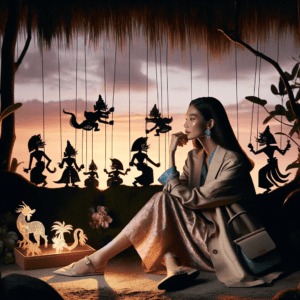The once clear lines that defined zoos have started to blur and bend, giving way to a new era where conservation takes center stage. We stand at the crossroads of change, witnessing a transformation that speaks volumes about our shifting perspectives on wildlife and their rightful place in the world. This metamorphosis is not just a matter of semantics or a change in facilities; it is a profound cultural shift, reflecting our growing awareness and commitment to the well-being of all living creatures.
The Historical Habitat – Understanding the Zoo’s Origins
In the beginning, zoos served as symbols of power, prestige, and the exotic allure of distant lands. They were places where the wild was tamed and displayed, a collection of living trophies from across the globe. But as the pages of time turned, so did our understanding of these creatures and their needs, leading us to question and ultimately transform the very essence of zoos.
A New Narrative – The Rise of Conservation
The winds of change brought with them a new narrative, one where conservation became the heartbeat of zoos. This shift was not a sudden revelation but a gradual awakening, a series of steps towards a more compassionate and sustainable future. Zoos began to reimagine their purpose, evolving from menageries to sanctuaries of learning, research, and preservation.
Redefining the Enclosure – From Cages to Habitats
As the philosophy of zoos transformed, so did the physical spaces they occupied. Cages and barren enclosures gave way to habitats designed to mimic the natural environments of the animals. This redefinition was a crucial step in the journey, ensuring that the well-being of the residents was placed at the forefront of zoo practices.
The Education Equation – Learning as a Tool for Conservation
Education emerged as a powerful ally in the conservation crusade, turning zoos into classrooms without walls. Visitors were no longer passive observers; they became active participants in a narrative of preservation and responsibility. This educational endeavor extended beyond the boundaries of the zoo, fostering a culture of conservation that permeated society.
The Ripple Effect – Zoos as Catalysts for Change
The metamorphosis of zoos into hubs of conservation had a ripple effect, inspiring change far beyond their gates. They became catalysts for global conservation efforts, participating in breeding programs, habitat restoration, and wildlife protection initiatives. This extended reach showcased the potential of zoos to be powerful players in the fight to preserve biodiversity.
Ethical Evolution – Navigating the Complexities of Conservation
The journey from zoo to conservation sanctuary is fraught with complexities and ethical considerations. Questions about captivity, animal welfare, and the very nature of conservation continue to challenge and shape the path forward. This ethical evolution is a vital part of the cultural shift, ensuring that the progress made is grounded in reflection and responsibility.
The Future Fauna – Envisioning the Next Chapter
As we look to the future, the role of zoos in conservation continues to evolve and expand. The possibilities are as vast as the habitats they seek to protect, with innovation, collaboration, and a deepened commitment to sustainability driving the way forward. This next chapter in the zoo’s story is unwritten, but it is filled with potential and promise for a future where humans and animals coexist in harmony.
Embracing the Cultural Shift
The transformation from zoo to conservation sanctuary is a journey that reflects our collective growth and the profound shift in our relationship with the animal kingdom. It is a story of change, challenge, and unwavering commitment to a more compassionate and sustainable future. As we embrace this cultural shift, we celebrate the progress made and look forward with hope to the next chapter in the story of conservation and care.








